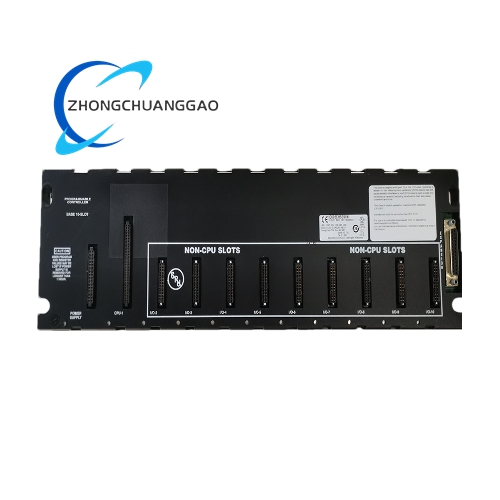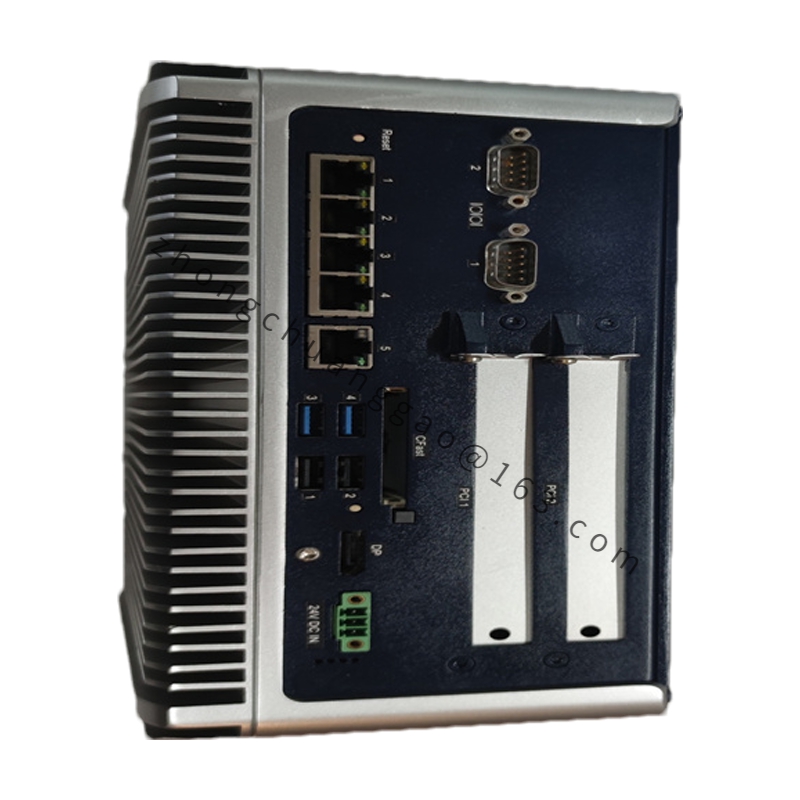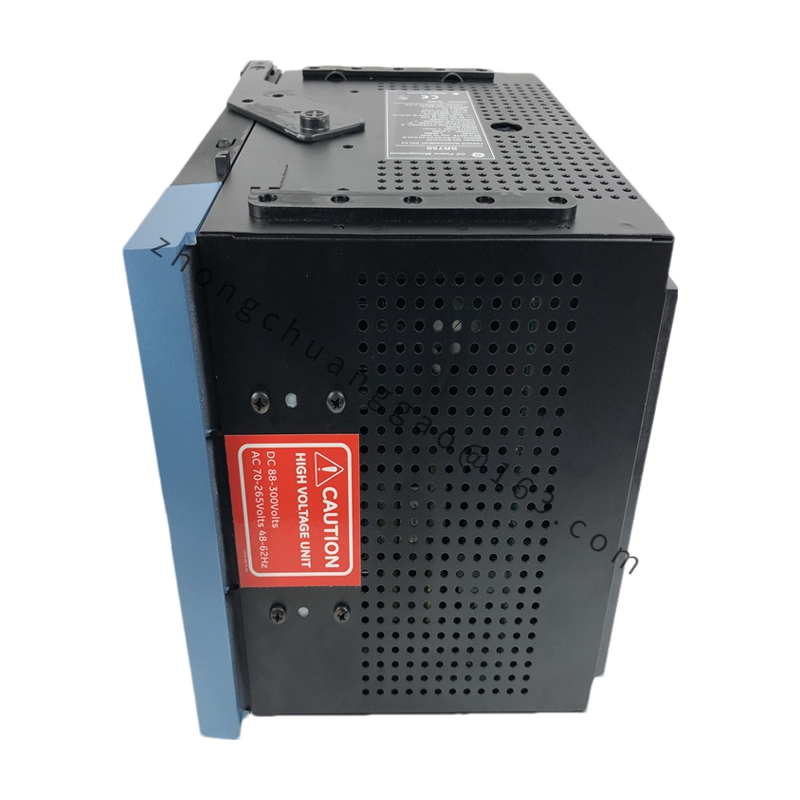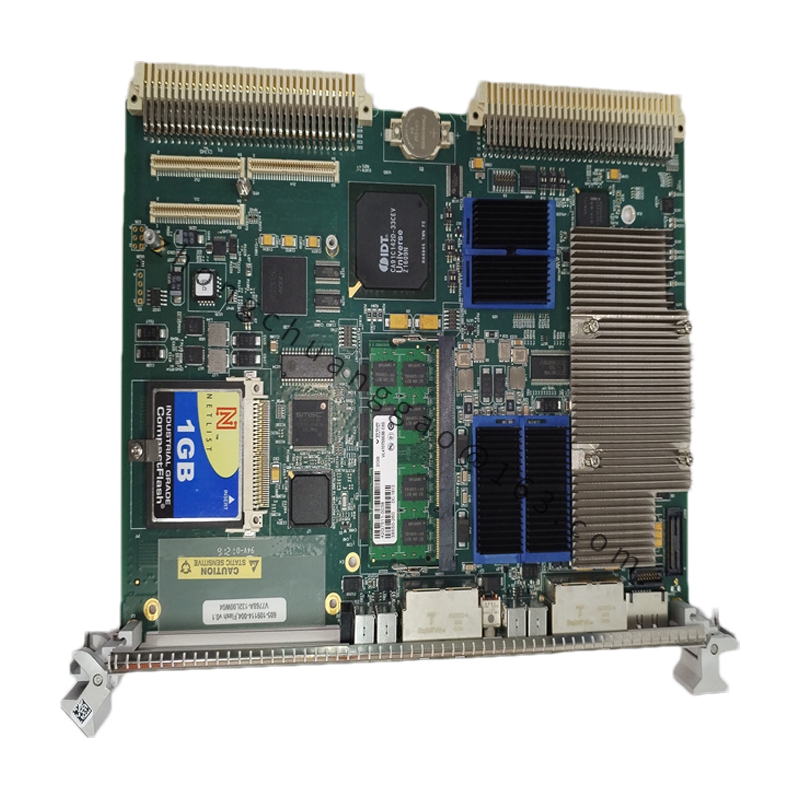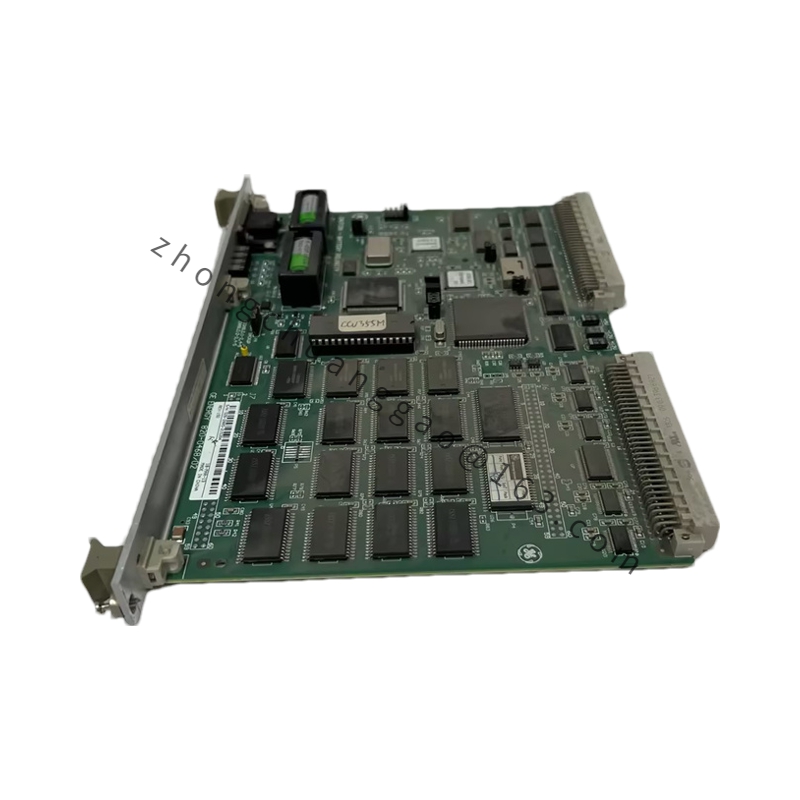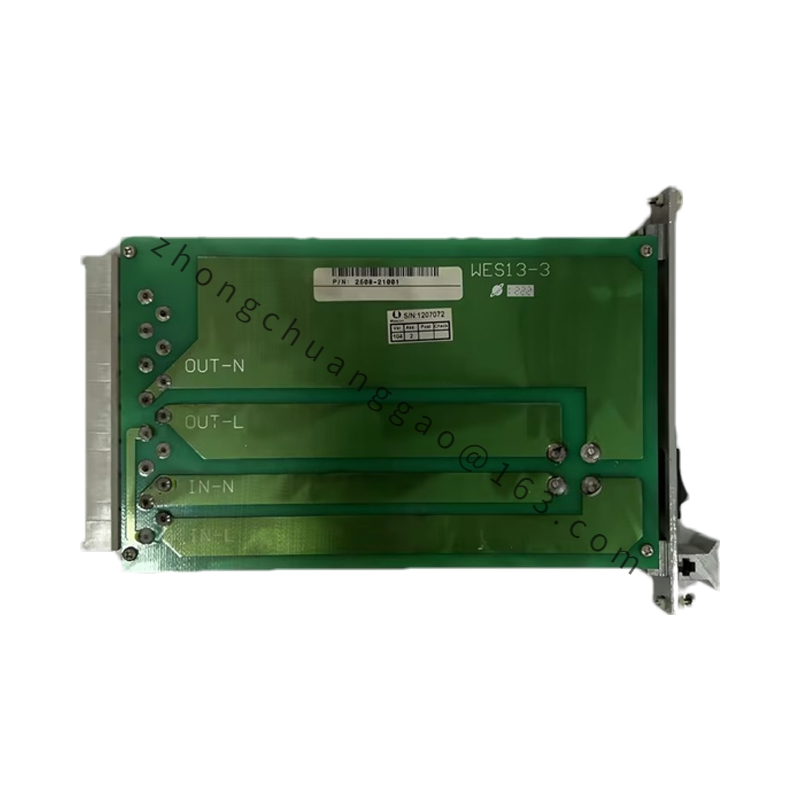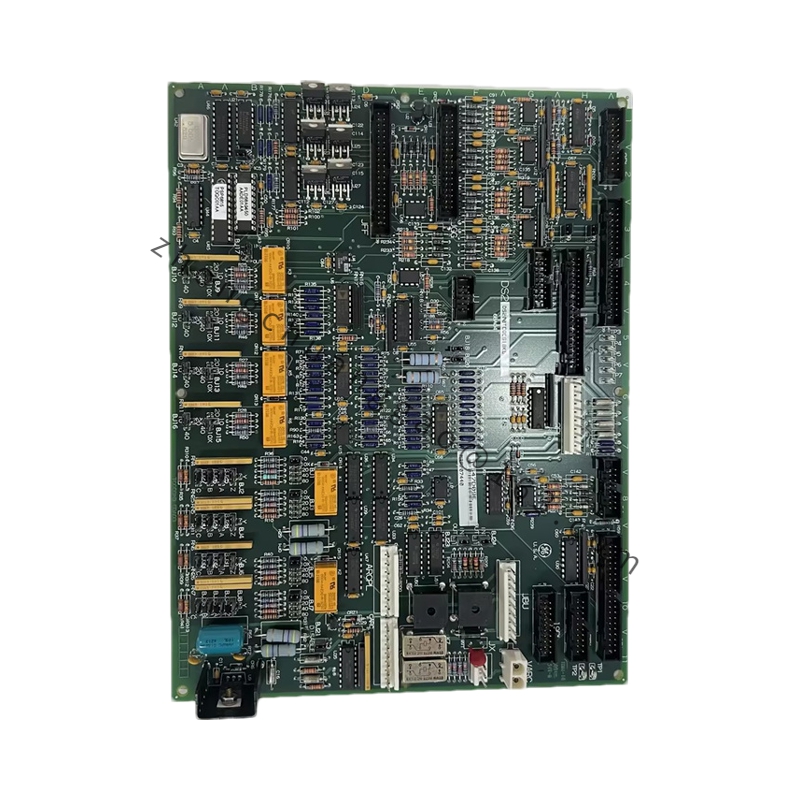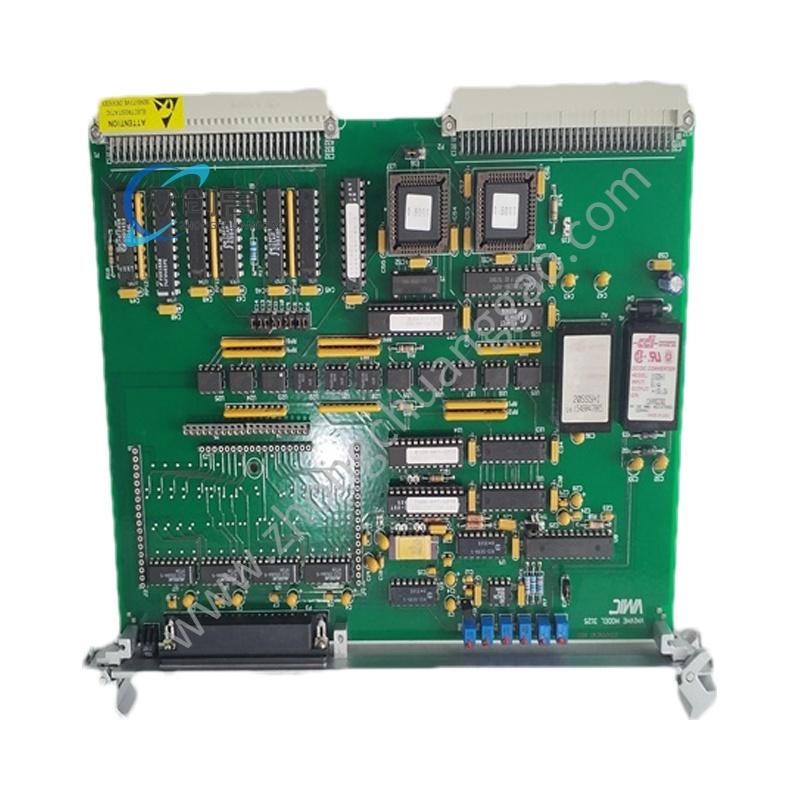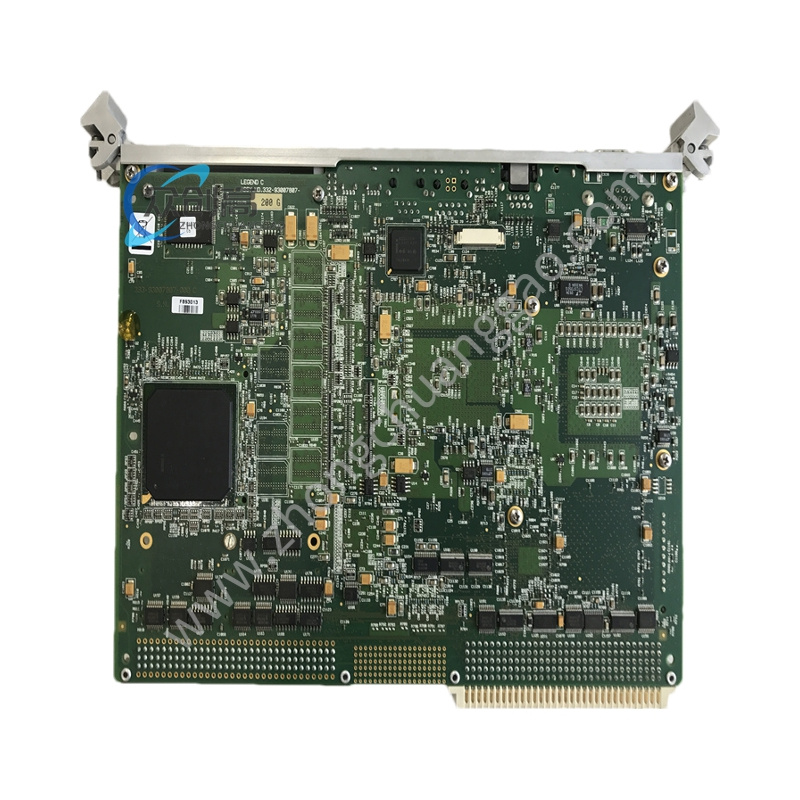GE IC693ALG2221NP Analog Input Module
Technical Specifications
- Input Channels: 8 single-ended or 4 differential analog inputs (configurable).
- Input Types:
- Voltage: ±10V, 0–10V, ±5V
- Current: 4–20mA, 0–20mA (requires external resistor for current-to-voltage conversion).
- Resolution: 12-bit ADC (analog-to-digital conversion) for accurate signal representation.
- Accuracy: ±0.1% of full scale at 25°C, ensuring minimal measurement error.
- Sampling Rate: Up to 100 samples per second per channel for rapid data acquisition.
Detailed content
- Isolation:
- Channel-to-channel isolation: 250 VAC continuous.
- Channel-to-backplane isolation: 500 VAC continuous.
- Operating Temperature: 0°C to 60°C (32°F to 140°F).
- Storage Temperature: -40°C to 85°C (-40°F to 185°F).
- Humidity: 5%–95% non-condensing for reliable operation in varying conditions.
- Power Requirements: 24 VDC (±10%) supplied by the PLC backplane or external power supply.
- Dimensions: 107.5 mm (H) × 45 mm (W) × 16.8 mm (D).
Functional Features
- Flexible Input Configuration: Supports both single-ended and differential input modes to accommodate diverse sensor types.
- High Precision: 12-bit resolution and ±0.1% accuracy enable precise monitoring of analog signals.
- Robust Isolation: Channel-to-channel and channel-to-backplane isolation prevent signal interference and enhance system stability.
- Fast Sampling: High sampling rate ensures real-time data acquisition for dynamic processes.
- Wide Temperature Range: Operates reliably in extreme temperatures, making it suitable for outdoor or unconditioned environments.
- LED Indicators: Provides visual status for power, module health, and input activity for easy troubleshooting.
Application Scenarios
- Process Control: Monitors temperature, pressure, flow, and level signals in chemical, petrochemical, and pharmaceutical plants.
- Power Generation: Acquires voltage and current signals from generators and transformers in power plants.
- Water Treatment: Controls pH, conductivity, and turbidity sensors in wastewater treatment facilities.
- Manufacturing: Integrates with packaging machinery, assembly lines, and material handling systems for quality control.
- Energy Management: Optimizes energy consumption by monitoring power usage in industrial facilities.
- Building Automation: Manages HVAC systems, lighting, and security equipment in commercial buildings.

